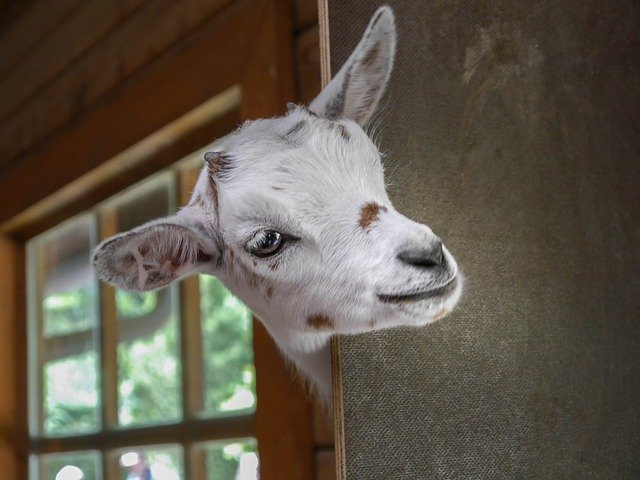Choosing a Character Class in Pathfinder: Part 1

One of the most common questions asked at the start of any Pathfinder game is:
“What character class should I play?”. It’s not an easy question as over the years Pathfinder has created many base classes (full 20 level classes) each with a slew of archetypes (thematic class refinements that trade out certain abilities for new ones) and additional prestige classes(5 or 10 level that are made to be added on to characters at later levels).
One of the simplest and perhaps most fun answers is to play whatever sounds interesting and not worry about the rest of your party. Read over the classes, then find one that excites the imagination. I also like to offer up the reverse to my players, where a potential player imagines a specific character and offers me up a description without referencing the rules. Pathfinder has so many classes I can usually find the class and modifications that will fit their conceptual image.
I must note, that creating a character in isolation may cause issues with certain groups. This may lead to unbalanced parties which may not be fun for some players. I personally love having a party missing certain roles as it forces interesting play and a lot of creativity. I played in a game once with just a bard and a wizard. Not your typical group and we breezed through some political intrigue only to be almost killed by a stray dog on the way back to the inn. Not one of our most heroic moments, but it is the moment that was stuck with me years later. One caveat though, if two characters are too much alike they may keep stepping on each other’s toes and ultimately lessen the enjoyment of both players.
A little more about party roles. Many people are familiar with the trinity of roles popular in many MMOs consisting of Damage, Healing and Tank roles. People often try and force this on Pathfinder, but those roles don’t fit well. Instead, there are a series of smaller niches that a single character can fulfill one or more:
Melee Damage - close in physical damage, should be able to take a few hits
Ranged Damage - archer or the like, damage from afar
Healer - Ability to provide some level of healing either in or out of combat
Divine Spell Caster - Can support the party with divine spells
Arcane Spell Caster - Can support the party with arcane spells
Stealthy - Able to sneak and scout
Face - Charismatic and diplomatic
I will talk more about Session 0 in another post, but finding a character class the fills missing niches in the party can be a good method to narrow down class options.
I’d like to end this post with a warning about over specialization. I have seen many players fall into this trap, including my younger self. It is so tempting to make a character that is completely awesome at one thing at the expense of versatility. My biggest temptation was making archers. These characters will shine in 20% of the time, but be underpowered the other 80% of the time. My last few characters I have challenged myself to make the most versatile character possible. You may not shoot a bow quite as well as that specialized character, but you can be so much more useful in every other situation and you will never be lacking for something to do in a session.
So this blog post kept growing in size until I realized I wouldn’t be able to add it all in one post. Look for future installments where I continue to talk about choosing a class and creating a character.
Love pathfinder, this is a very nice breakdown of the different classes
Thank you. I’ve been trying to find a balance between too little detail and too much.
@rantar payed 0.2 SBD to @minnowbooster to buy a stealth upvote.

transaction-id fe6bd8201aa2a17f282472b79d3abac12e3f17e0
@stealthgoat